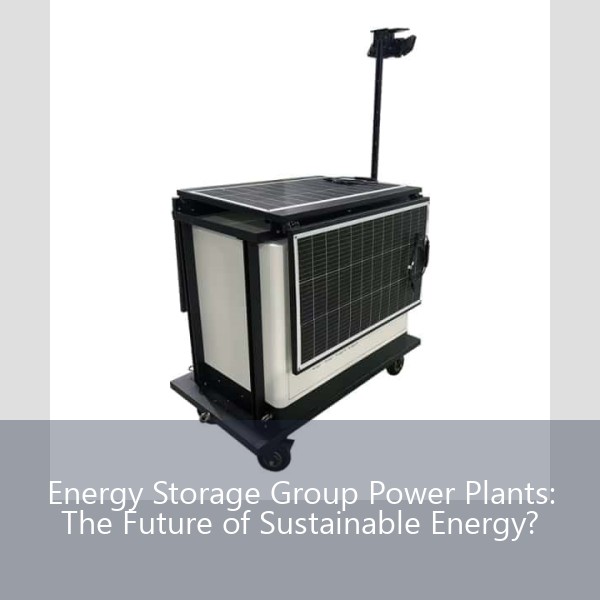Munich Solar Technology
Sodium-Ion Energy Storage Development: The Future of Sustainable Power?
Who Cares About Sodium-Ion Batteries? Let’s Break It Down
When we talk about sodium-ion energy storage development, who’s really listening? Turns out, a lot of people. Think renewable energy startups, EV manufacturers scrambling for cheaper alternatives to lithium, and even your neighbor who just installed solar panels but hates paying peak-hour electricity rates. The target audience here isn’t just lab-coat-wearing scientists—it’s anyone tired of lithium’s drama (price swings, anyone?).
Why Sodium? Let’s Play the Comparison Game
lithium-ion batteries are the popular kids in school, but sodium-ion? They’re the underdog with better lunchbox options. Here’s why:
- Cost: Sodium is as abundant as bad Wi-Fi in rural areas—it’s literally in seawater and table salt.
- Sustainability: No rare earth mining required. Mother Earth approves.
- Safety: Less prone to catching fire than its lithium cousin. Perfect for clumsy phone users.
The Tech Behind the Hype: What’s Cooking in Labs?
Recent breakthroughs are making sodium-ion batteries less “meh” and more “wow.” Take China’s CATL, which rolled out a sodium-ion battery in 2021 with 160 Wh/kg energy density. That’s still lower than lithium’s 250+ Wh/kg, but hey, Rome wasn’t built in a day.
Material Innovations: Beyond Salt Shakers
Researchers are geeking out over cathode materials like Prussian blue analogs (no, not the paint) and layered oxides. Anodes? Hard carbon is the new black. These tweaks could boost performance faster than a Tesla Plaid hits 60 mph.
Market Trends: Follow the Money
BloombergNEF predicts sodium-ion could grab 10% of the stationary storage market by 2030. Startups like UK’s Faradion and Sweden’s Altris are raking in funding like tech bros at a crypto conference. Even automakers are dipping toes—JAC Motors recently tested sodium-ion EVs in sub-zero temps.
Real-World Wins: Case Studies That Stick
- Northvolt’s “Lignode” project uses wood-based carbon for cheaper anodes (take that, synthetic graphite!).
- In 2023, a Chinese solar farm paired sodium-ion storage with PV panels, cutting energy costs by 18% during peak demand.
Challenges: Not All Sunshine and Rainbows
Let’s face it—sodium-ion isn’t ready to dethrone lithium yet. Energy density remains the elephant in the room. And while sodium is abundant, current manufacturing lines are optimized for lithium. Retooling factories? That’s like asking a sushi chef to make Chicago-style pizza overnight.
The Recycling Riddle
Here’s a plot twist: sodium batteries might be too eco-friendly. Their lower material value makes recycling less profitable. Talk about a first-world problem for the green energy era.
What’s Next? Crystal Ball Time
The industry’s buzzing about hybrid designs—think lithium-sodium cocktails—and AI-driven material discovery. Solid-state sodium batteries? They’re the unicorn everyone’s chasing. And get this: researchers at MIT recently used machine learning to ID a new sodium superionic conductor in 46 hours flat. Take that, traditional trial-and-error!
Fun Fact to Impress Your Friends
Did you know the first sodium battery prototype in 1980s had the energy density of a potato battery? Now they’re powering e-bikes in China. Progress, people!
Why This Matters to You (Yes, You!)
Whether you’re a homeowner eyeing battery walls or a policymaker drafting energy regulations, sodium-ion energy storage development could slash your costs and carbon footprint. It’s not just about tech—it’s about rewriting the rules of the energy game. And honestly, who doesn’t love a good underdog story?
P.S. If anyone tells you sodium-ion is “just a phase,” remind them that lithium-ion took 30 years to dominate. Patience, padawan.

- Pre: Brazil’s Energy Storage Revolution: How Plant Operations Are Powering the Future
- Next: Flywheel Energy Storage Motor Control: The Spin on Next-Gen Power Solutions
Related Contents

Energy Storage Group Power Plants: The Future of Sustainable Energy?
Let’s face it: if you’re reading about energy storage group power plants, you’re probably either an engineer chasing the next big grid solution, a policymaker drowning in renewable energy mandates, or a curious soul who just binge-watched a Netflix doc on climate change. Whoever you are, this article will cut through the jargon and show why these storage systems are like the Swiss Army knives of modern energy.
